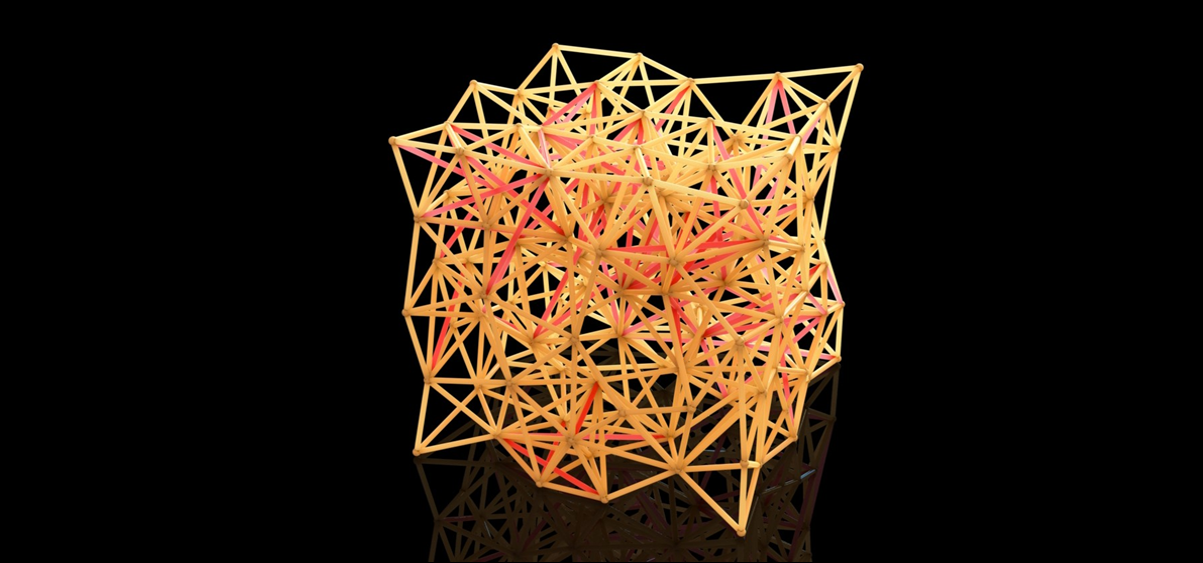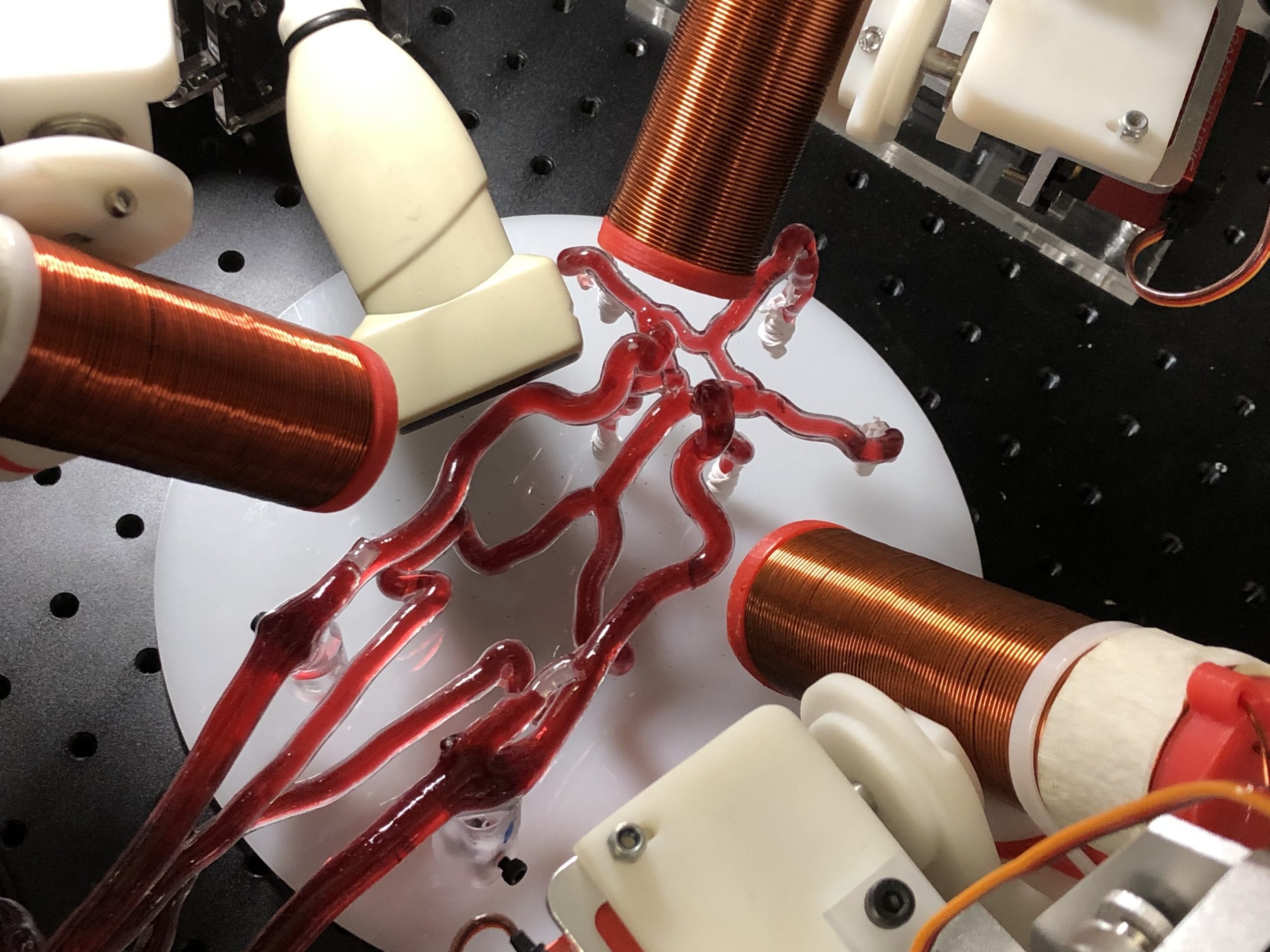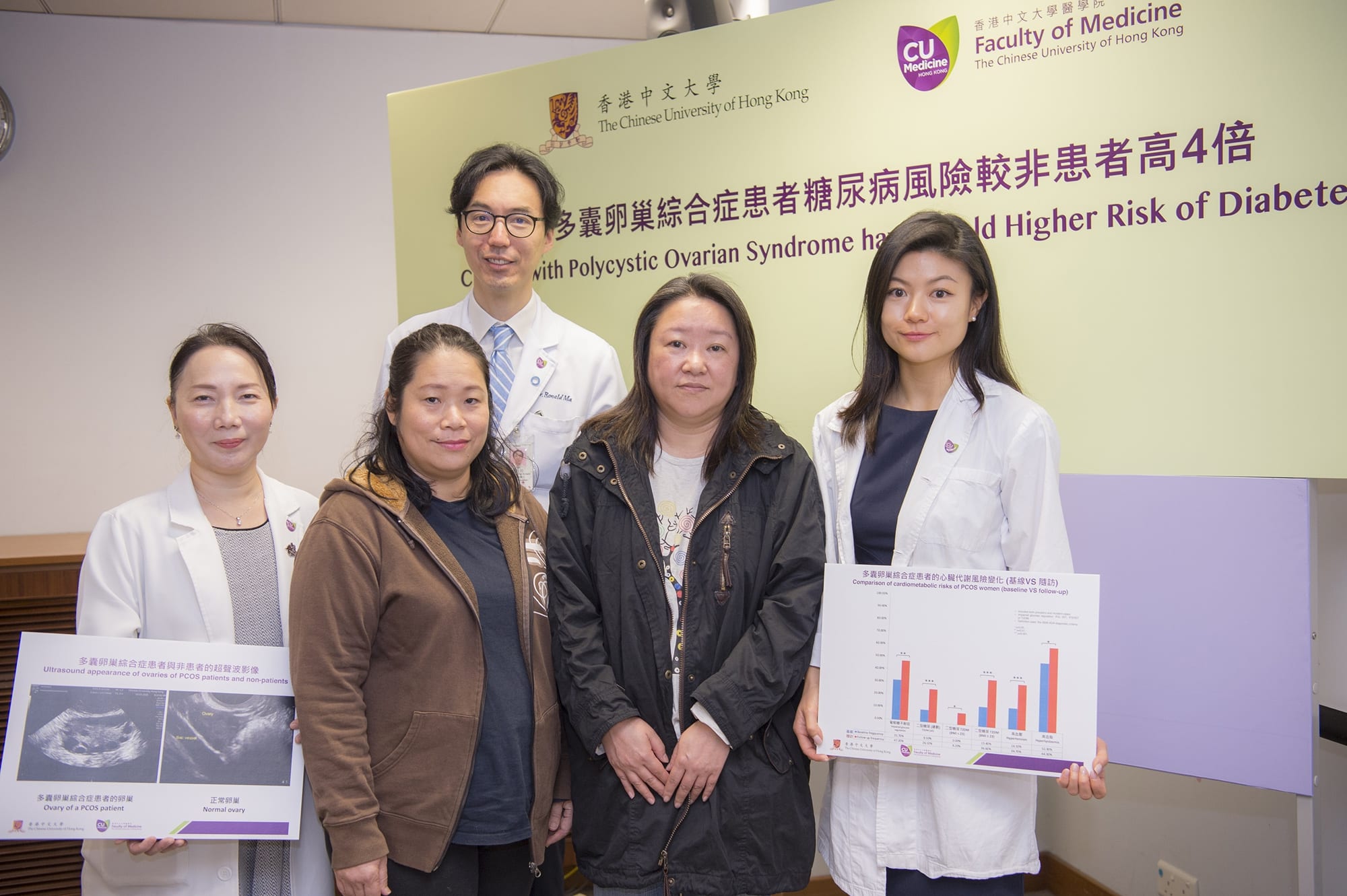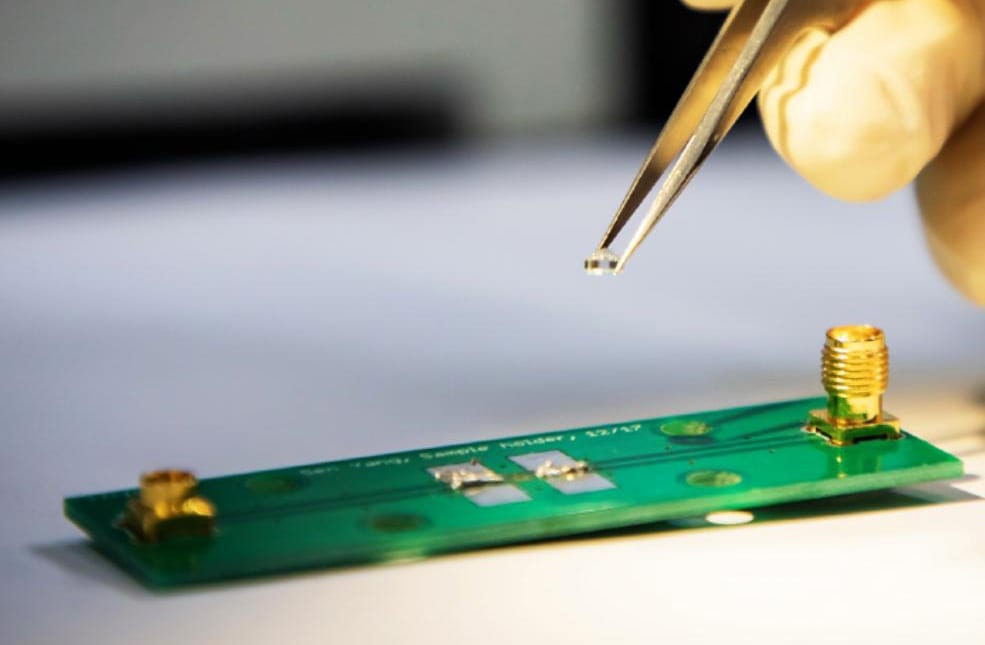English
繁體中文
简体中文

A material that can respond flexibly to external environment with freely adjustable properties of softness, hardness and size, shows promising potential for developing smart materials used in industrial or protective equipment. All this was once imaginary to many but it has been discovered by a CUHK physics team, using a unique network structure of packed particles to explore the topology of materials at the point of transition to elasticity.

Global higher education is facing new challenges in the midst of the pandemic attack and a receding economy. CUHK scholars work to triumph over adversity and improve the condition of mankind through exceptional research achievement. Acknowledgement has been given to CUHK scholars through regional and international funding and fellowship support so that their research projects may further flourish.

There is a new way to deploy the right microrobotic swarm into a bodily fluid to fight illness. A research group of the Faculty of Engineering has categorised magnetic swarming microrobots and devised ways to select the one that navigates best in a bio-fluid, taking treatment into the vascular system and other confined regions of the body.

It was known Chinese women with PCOS risk developing diabetes. Faculty of Medicine’s ten-year case-control study has now shown Chinese women have four times the risk and that onset will be earlier. Now affected women can be advised to be screened and have blood pressure monitored to reduce long term risks.

Physics professors Swee Kuan Goh and Sen Yang have been using colour centres in nano-diamonds in a breakthrough technique for exploring quantum materials. The technique, which will revolutionise the design of quantum materials, and will sharpen Hong Kong’s capability in metrology and precision instrumentation.